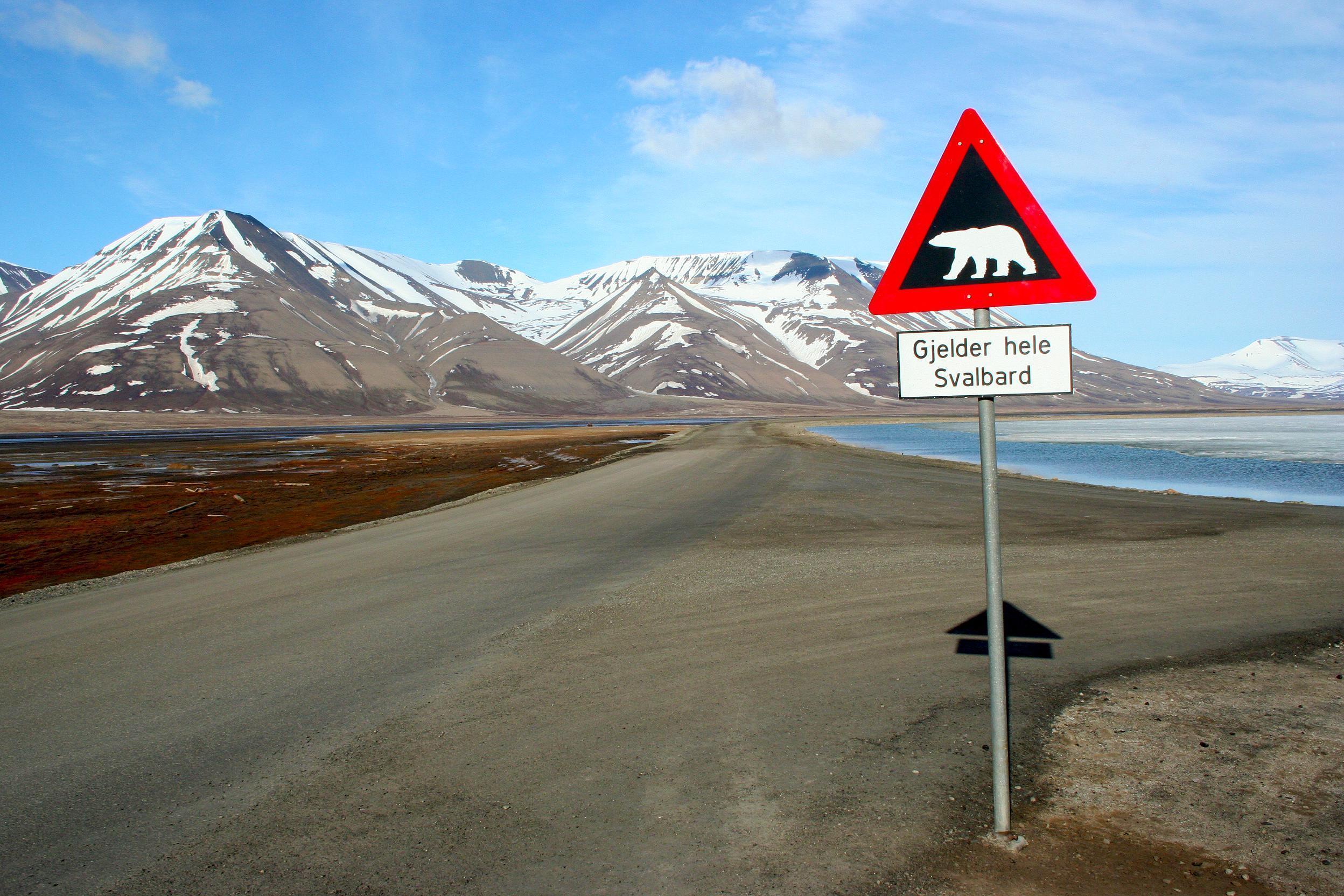The most extreme places in the world, from Svalbard to Ushuaia
‘Is Cape Town to Tromso the most latitude a commercial tourist could hope to cover without straying too far in longitude?’

An intriguing email arrived early last Saturday morning from the back of a taxi heading away from Heathrow. “Just in the cab from the airport having landed in London from Cape Town,” tapped Andrew Southcott. “I had a thought: this year my wife and I also visited Tromso in northern Norway. Is this the most latitude a commercial tourist could hope to cover without straying too far in longitude?”
Depending on how you define destinations, Andrew and Caroline Southcott could well be the most extreme conventional tourists of the year.
Cape Town is one of two cities that claims to be the southernmost in Africa, at 3,880 miles from the South Pole; it shares its latitude with Port Elizabeth, 500 very attractive miles to the east along the “Garden Route”.
On the same line of longitude as Cape Town but at the other end of the world, Tromso has a clear lead as the “proper” city with the highest latitude. The capital of Arctic Norway has around 75,000 people plus the northernmost ABC of aquarium, brewery and cathedral, and is just 1,408 miles from the North Pole – a good 50 miles closer than its nearest rival, Murmansk in Russia.
Yet if you loosen the definition to allow destinations where one can engage in “normal” tourist activities – getting there on a regular commercial flight, staying in a reasonable hotel, visiting a museum, going out for a decent meal – there is an even more extreme target.
Longyearbyen, on the island of Spitzbergen, is just 650 miles from the North Pole. A few other settlements deep within the Arctic Circle are closer to the top of the world: Eureka and Alert in the far north of Canada, and the imaginatively named Nord in Greenland. But they are research stations which tick none of the “tourism” boxes.
In contrast, Longyearbyen offers a concentration of good things: the Basecamp Hotel, partly built with driftwood and old mine machinery; the Huset restaurant, which embraces the cuisine of the north; and the Svalbard Museum, explaining how a land beyond humanity’s horizons came to be populated.
Thanks to the West Spitzbergen current, a branch of the Gulf Stream, Svalbard is far warmer than its latitude deep inside the Arctic Circle would suggest, and air travel is easy. SAS and Norwegian compete on flights from Oslo. In just three hops you can reach Cape Town: as the Arctic tern (wisely) flies to avoid the polar winter, it is 7,750 miles away.
The Europe-Africa axis is impressively long, but how does it compare with other continents in terms of extreme tourist possibilities? Asia and Australasia hardly trouble the scorers. Anadyr in the far north-east of Russia falls short of the Arctic Circle, while its prospective twin town of Invercargill in New Zealand is closer to the equator than the bucolic Beaujolais region in France.
The Americas have a much more impressive southern bookend: the Argentine city of Ushuaia, end of the Pan-American Highway, gateway to the wild south of Latin America and starting point for Antarctic expeditions. It is the same latitude below the Equator as Newcastle-upon-Tyne is above the line, and chancers hoping for a last-minute, cut-price berth to come up on an expedition ship can live well while they tread water, 2,435 miles from the South Pole.
Ushuaia’s twin town is only 1,310 from the North Pole. Its name resembles a dismal Scrabble hand: Utqiagvik, on the north coast of Alaska, which until a year ago was known as Barrow. Utqiagvik ticks the boxes, too: regular flights from Fairbanks and Anchorage, a respectable museum in the shape of the Inupiat Heritage Centre (open through the Arctic winter), the Top of the World Hotel (about £250 if you want to stay tonight) and restaurants including, for fans of Latin American food, Cruz’s Mexican Grill.
But Utqiagvik is far, far west of Ushuaia: almost a quarter of the way around the globe, so it probably doesn’t count. Instead, Iqaluit on Baffin Island is exactly the same longitude as Ushuaia (and 8,173 miles due north) and the capital of Canada’s north. From an unplanned visit last summer, I can confirm the existence of regular (if painfully expensive) flights from the capital, Ottawa. For what passes as entertainment, there is an interesting heritage centre in an old Hudson’s Bay Company storage building. And the former crew hotel for Pan Am, from the days when it was a technical stop (the direct London-San Francisco track goes right overhead) is now a boutique hotel, The Discovery. So that’s the Southcotts’ extreme voyage of discovery for next year sorted.
Subscribe to Independent Premium to bookmark this article
Want to bookmark your favourite articles and stories to read or reference later? Start your Independent Premium subscription today.

Join our commenting forum
Join thought-provoking conversations, follow other Independent readers and see their replies